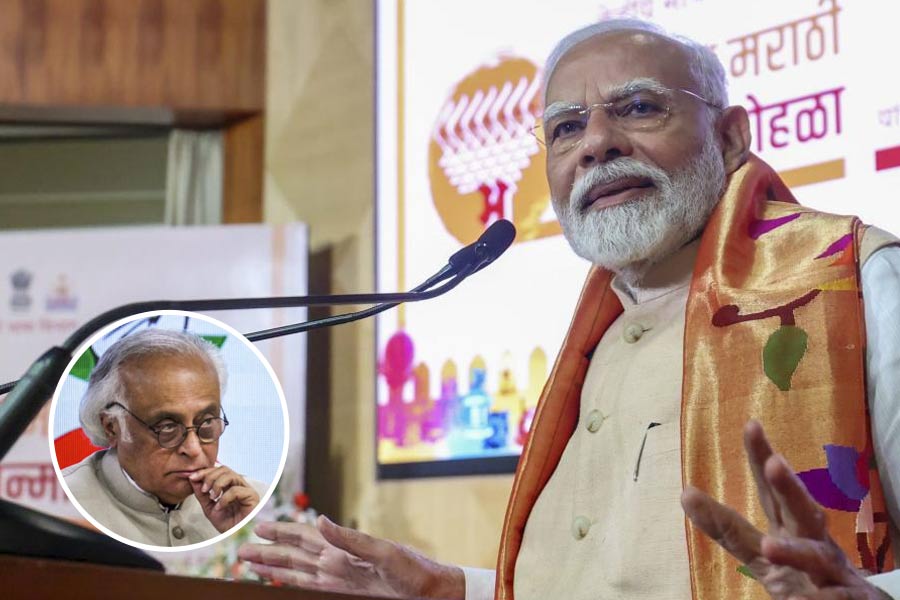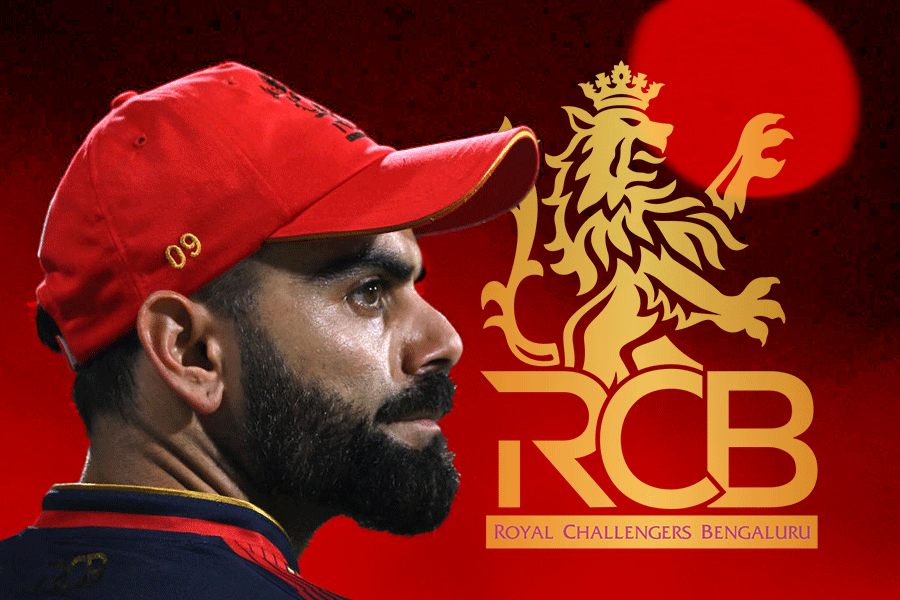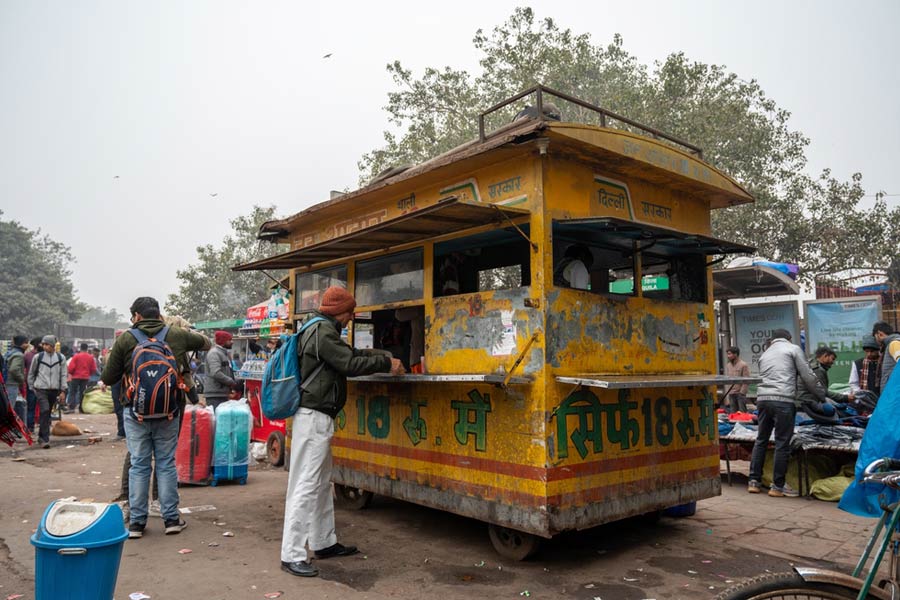A boat decked up for the Founder’s Day celebrations on March 3. Picture by Uma Shankar Dubey
The spontaneous participation of the people of Jamshedpur in the Founder’s Day celebrations is something that belongs to the realm of the past.
The day has become an occasion to mourn, pray, and shed tears after what happened on March 3, 1989.
On that fateful day, a fire killed 61 people, including women and children, and critically injured many more, during Founder’s Day celebrations. Though the event happened 15 years ago, the scars are still visible.
Tata Steel goes through the motions of the celebrations with floats, illuminations, sports, distribution of lozenges to school children, and so on. Sadly, there is no soul in the festivities.
Before the accident occurred, March 3 had acquired the status of being the symbol of economic renaissance of the country. To many in Jamshedpur, it was the birthday of the city itself.
The reason was simple. The city was born in the mind of one man who had dreamt of a steel plant in India and worked all his life to realise the dream.
When he was 28, he was deeply impressed by Carlyle’s observation that “the nation, which gets the control of iron, soon acquires control of gold.” That was in 1867 — perhaps the year when he first conceived the idea that was destined to change the course of India’s economic history. The Parsee man, known to the world as JRD Tata (1839-1904), has lent his name to the city itself. The dream of the man lives on. The city has come a long way, thanks to his vision. The Founder’s Day celebrations are a tribute to his spirit and conviction.
One fondly hopes that the essence of the celebrations will be revived in the minds of the people of a bereaved city. But some scars do take a long time to heal.
For your ears only
The very concept of an audio magazine is so novel that one feels like applauding the courage of the person who is behind it.
Conceptualised and edited by Sabyasachi Chanda, a well-known cultural activist of the steel city, Swapna Setu provides a pleasant experience to one’s senses.
Side A begins with the introductory remarks of Chanda and we agree with him that it is the first of its kind in the country. Kamal Chakrabarty and Shankar Lahiri recite self-composed poems and talk about their passions, love, and disillusionment as poets.
Side B has two interviews, one with Sudhir Chakrabarty on folk songs, and the other with Madhavi Mukherjee of Charulata fame.
The interviews are followed by long recital of a self-composed poem by Chanda.
He should have used a female voice in the interviews to add variety to the magazine. Priced at Rs 30, it may not be very viable, given the production cost of Rs 12,000 for 270 prints.
Ashit Biswas










